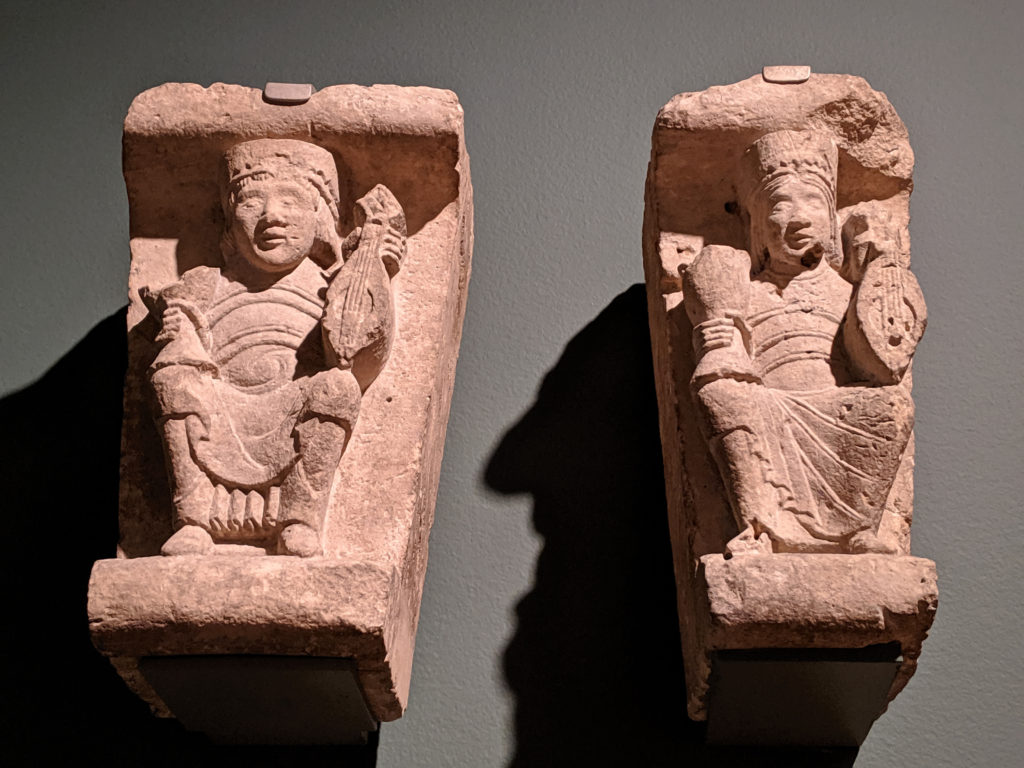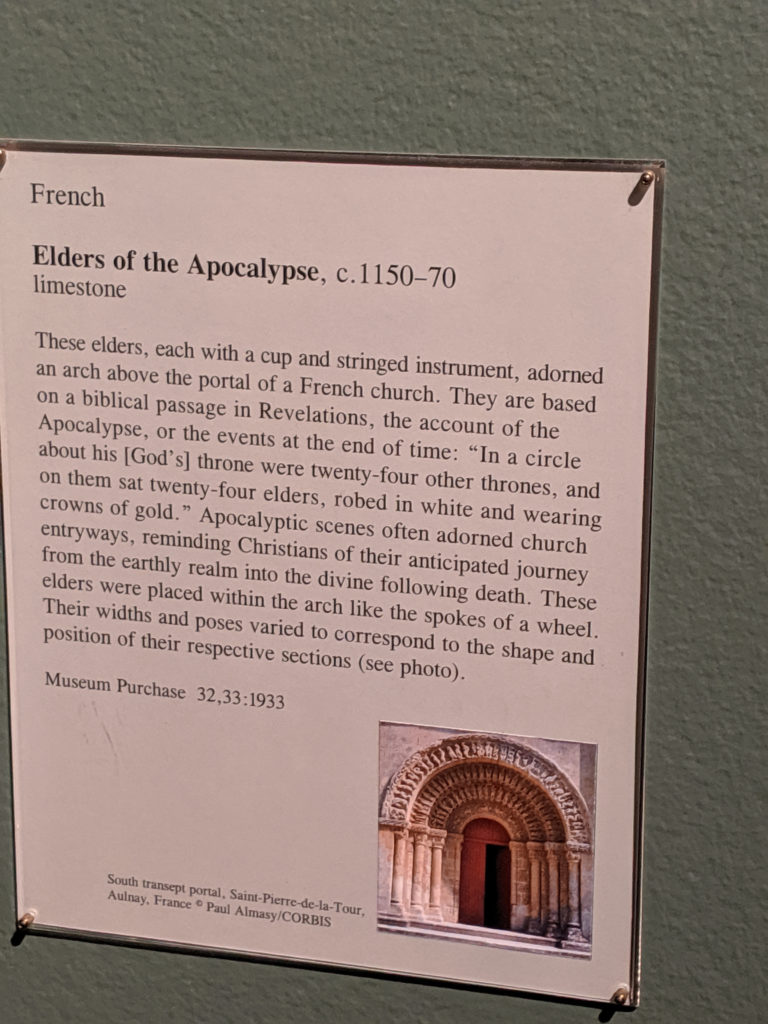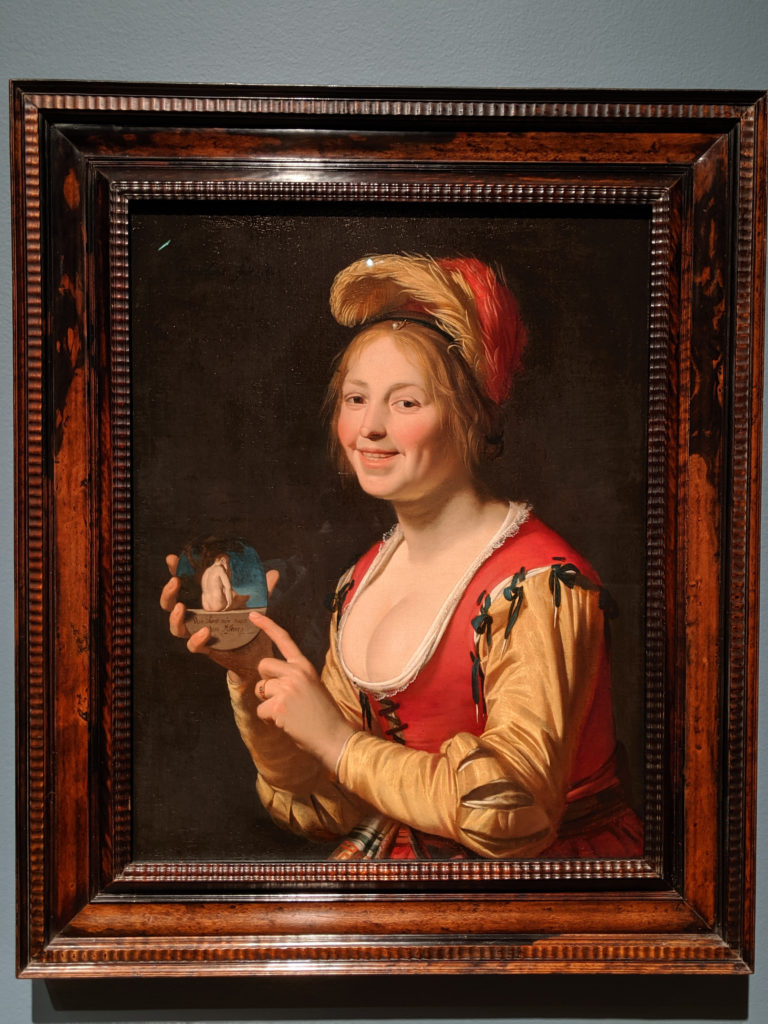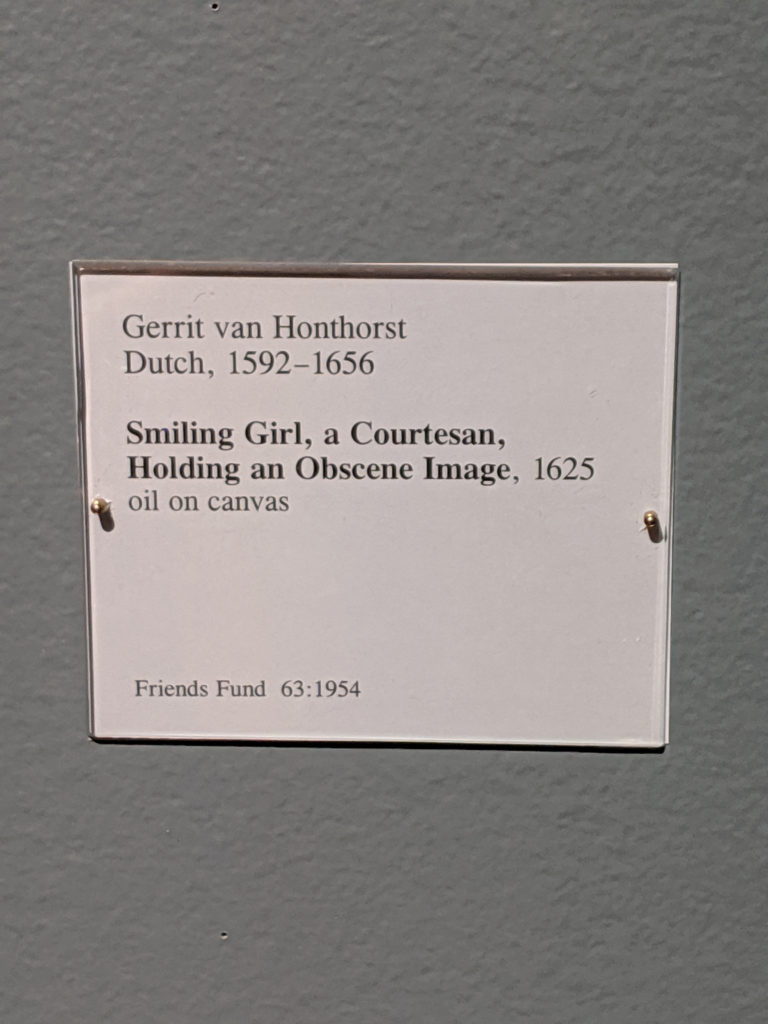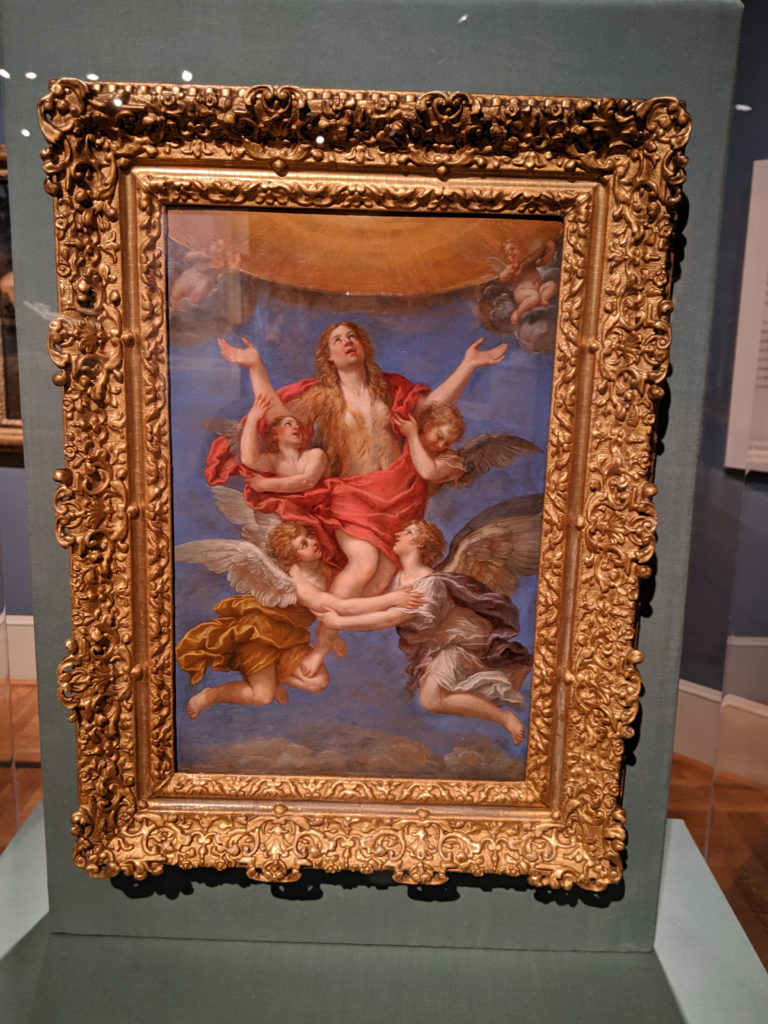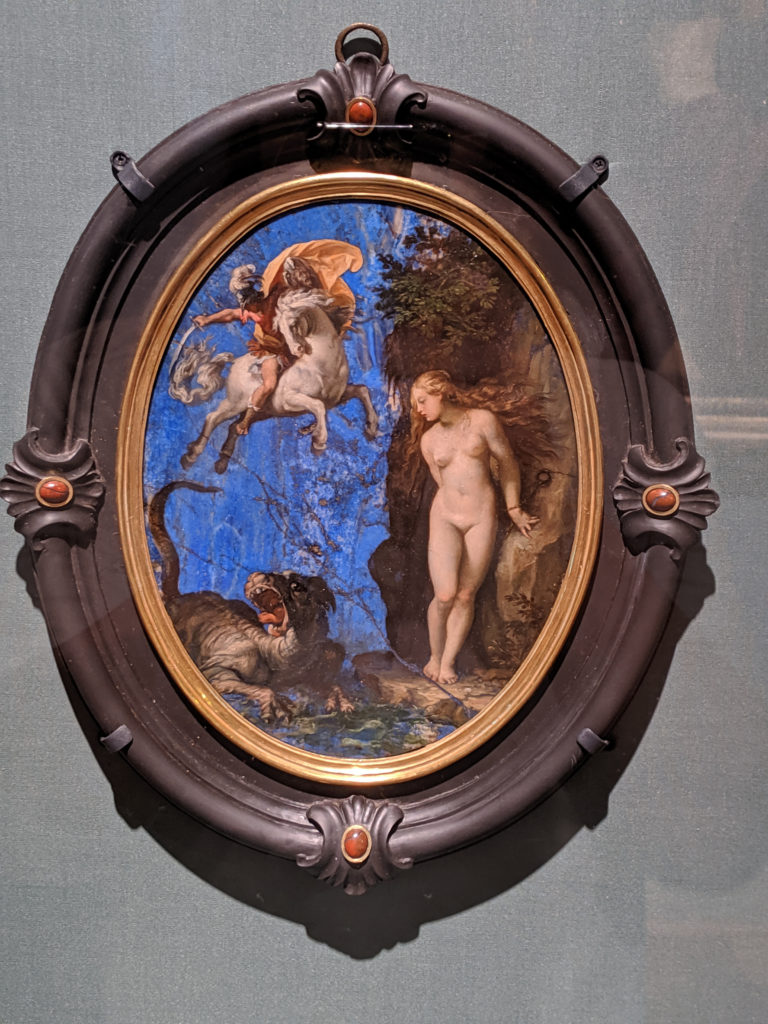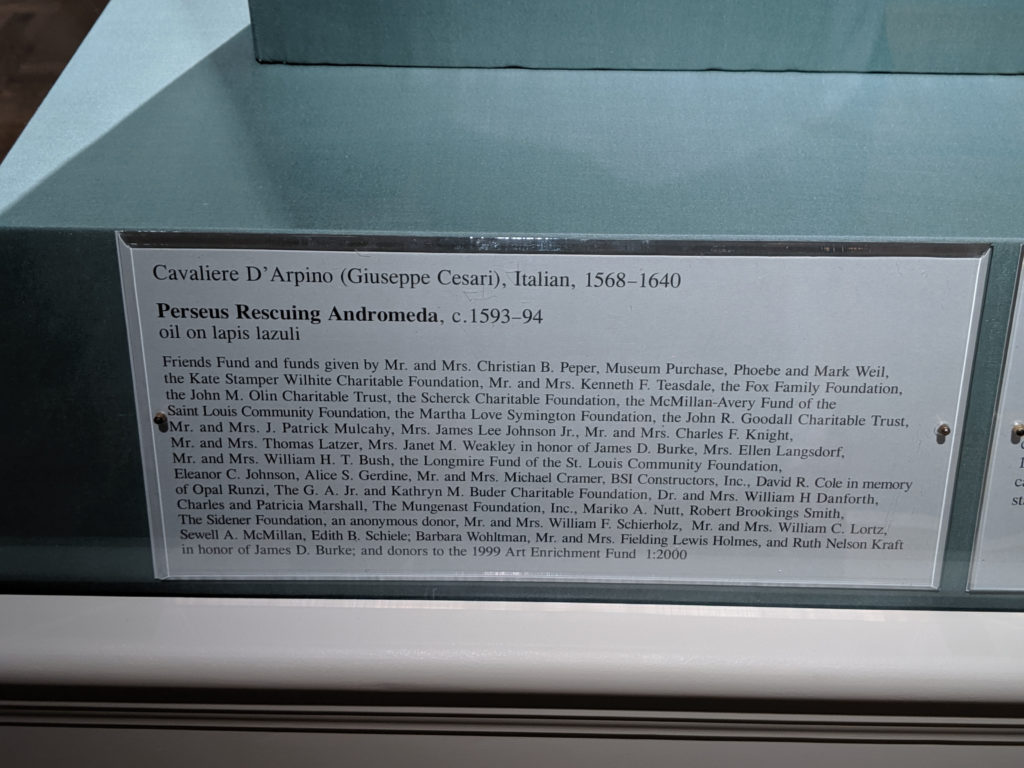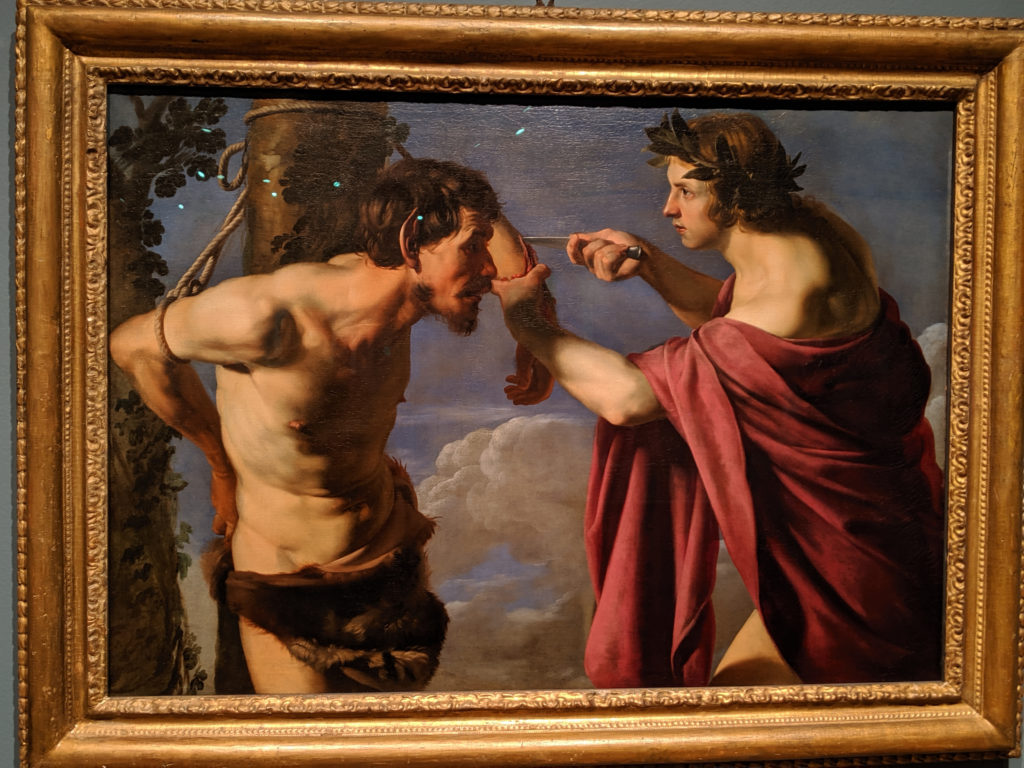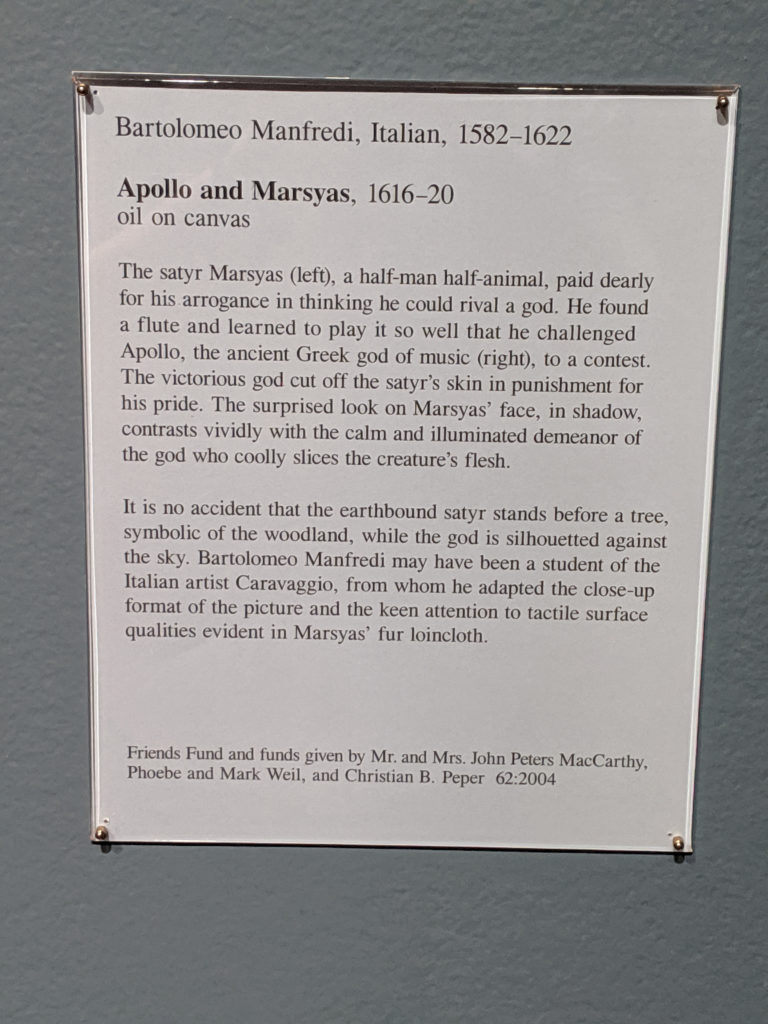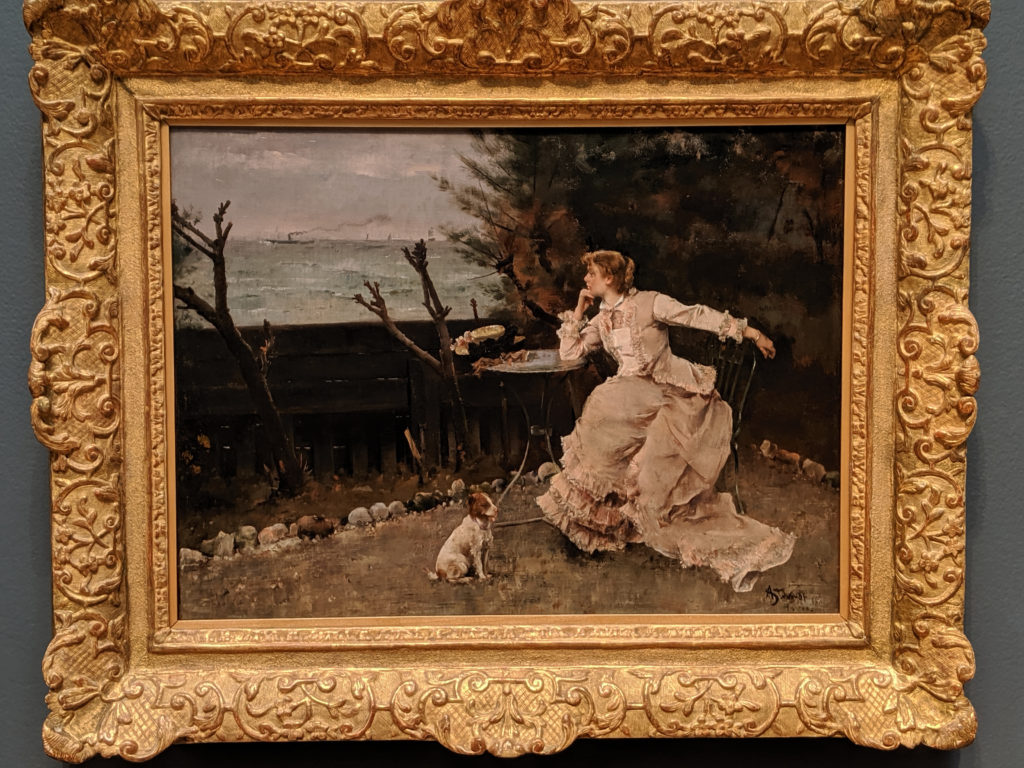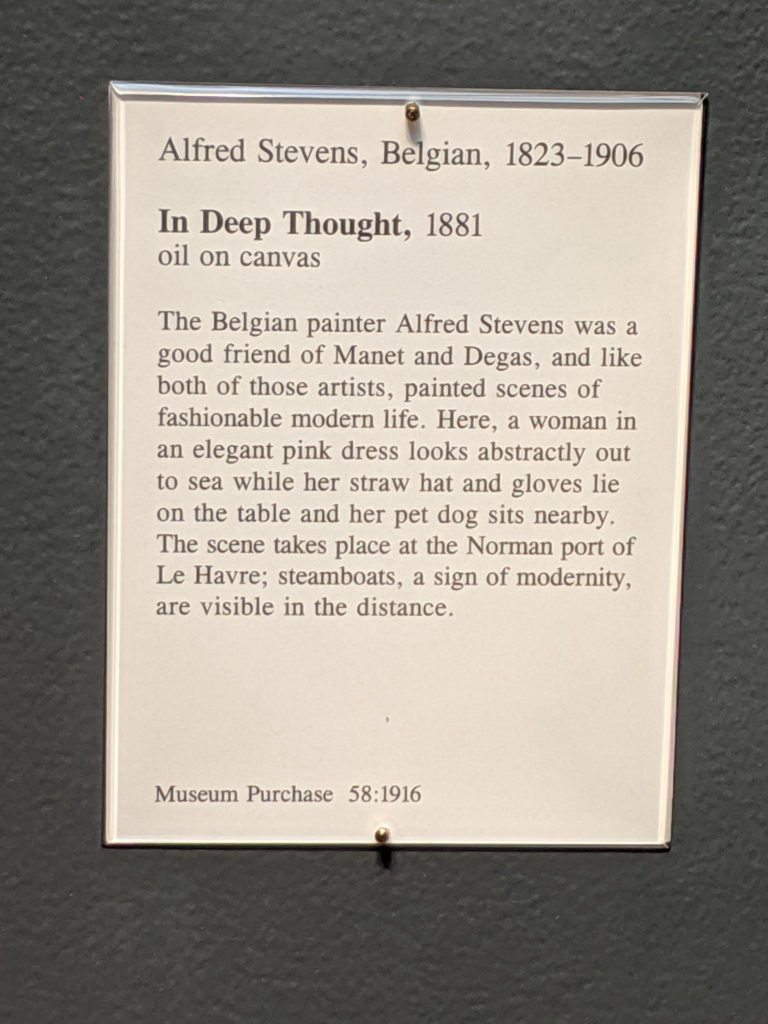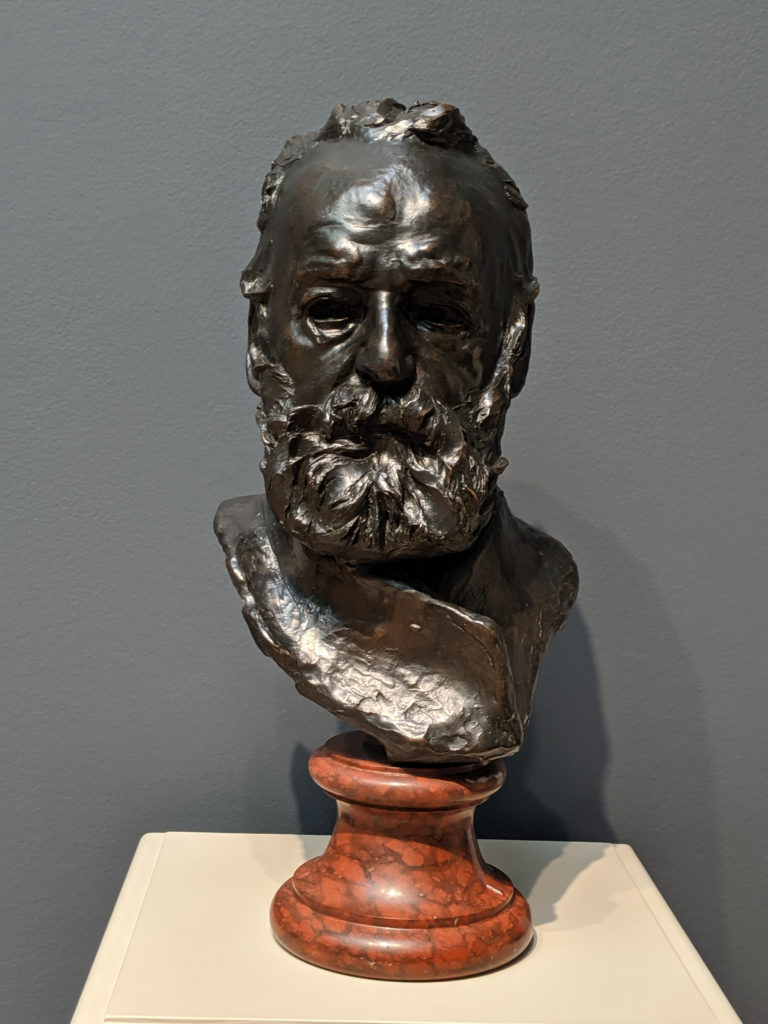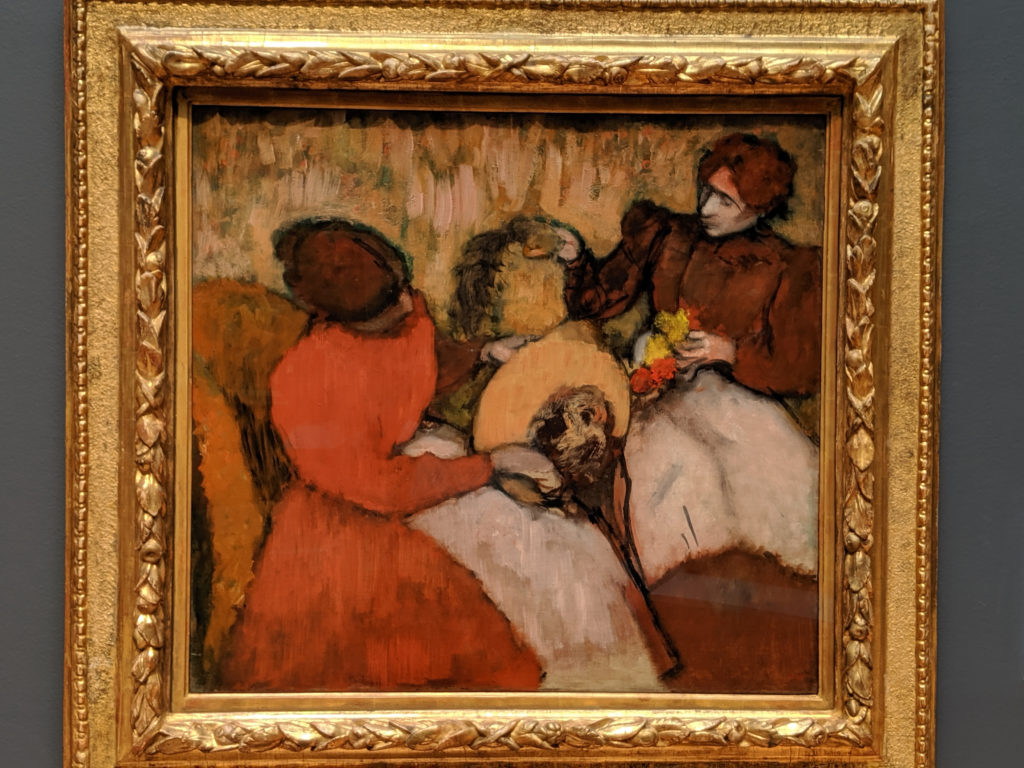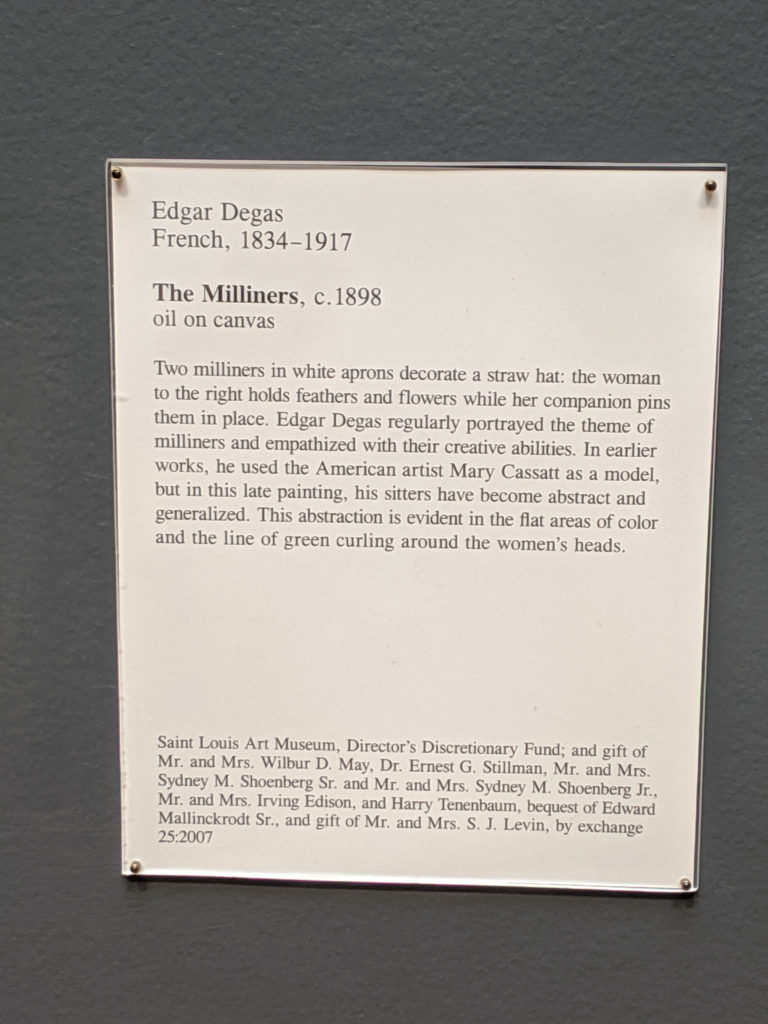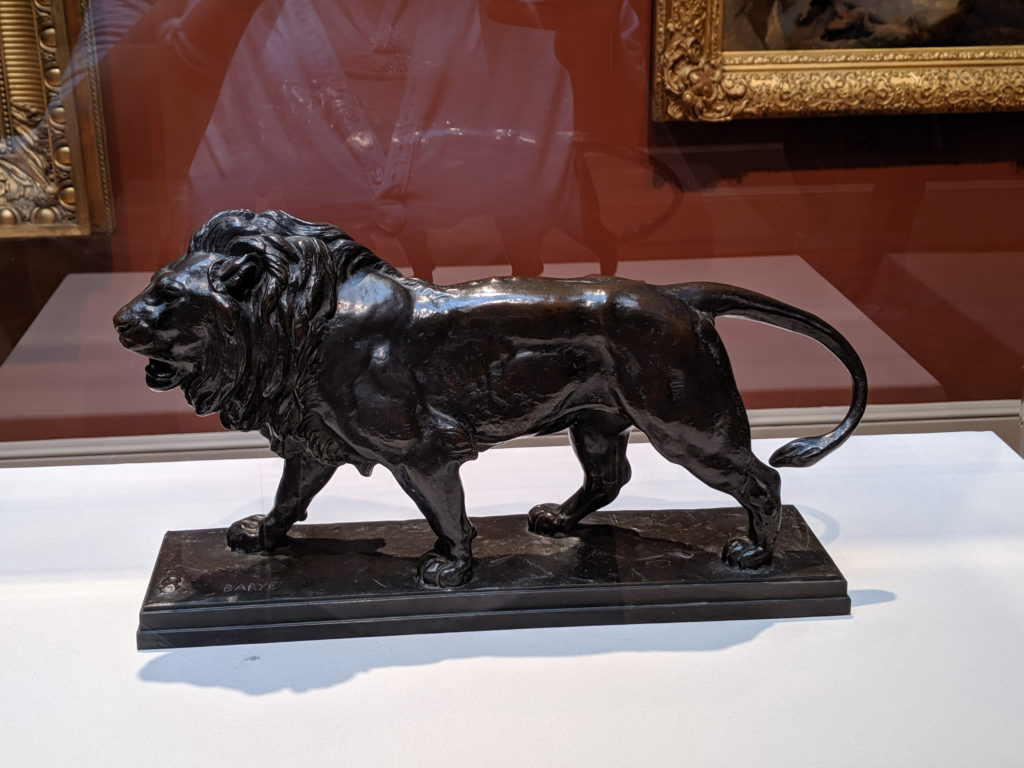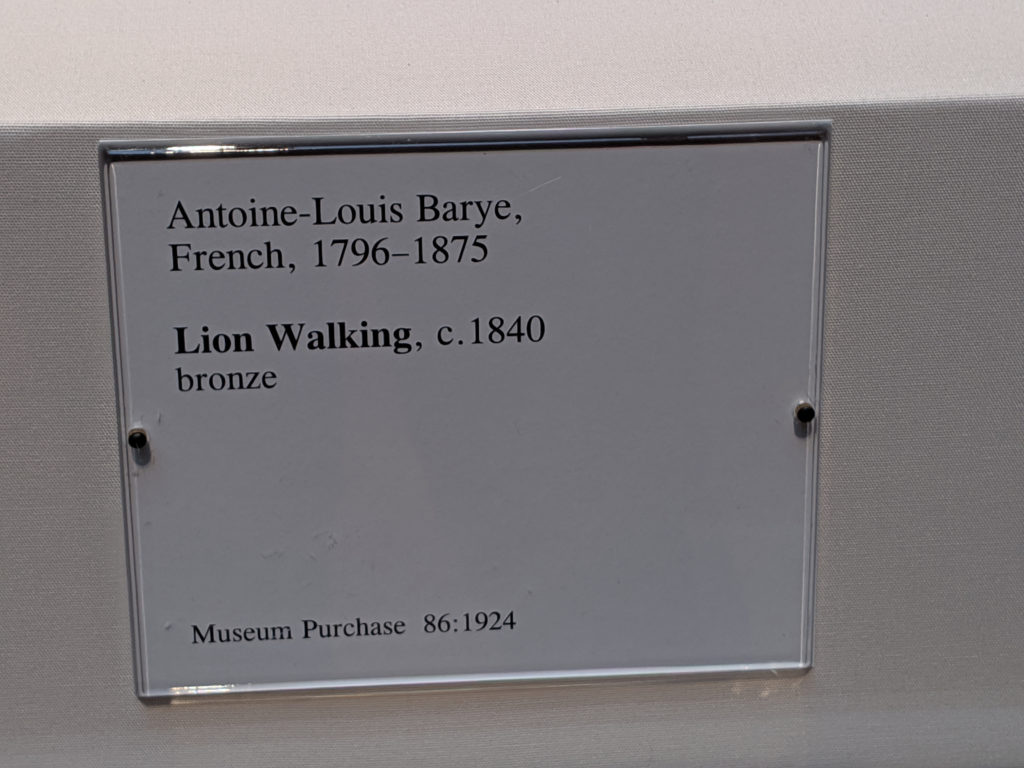I’d hate to have these dudes serving on the board of my apocalypse. But, to be fair, they aren’t exactly Crowley and Aziraphale, are they?
Tag: European Art
Monday
This painting is forever being trotted out in documentaries as an example of the frivolous nature of the beginning of the Rococo school of art. In reality, it’s a big fat middle finger to the Establishment – you want a courtesan? She’s not really that pretty and she smiles too much. You want fashion and frivolity? She’s nice enough dressed, I’ll grant you, but the fabrics aren’t as high quality as you’d expect in a society portrait and it’s missing some elements of crazy status. You want smutty sex and naughtiness? She’s holding what amounts to an erotica novel on the subway today: not much substance, but some outer fluff. It’s all a lot of misdirection and poofy flounce. It isn’t that naughty at all, even for its time!
Sunday
So, hey, it was totally a thing with the religious artists to paint prostitutes and adulteresses with their breasts exposed or partially exposed because that’s apparently how you tell someone is a hooker or sleeping with someone not their husband. Don’t get me started on Christ and the Woman Taken in Adultery, yo. We’ll be here all night. But yes, it is a theme. Apparently, it’s a theme that extends to reformed prostitutes turned saints, as well, because, oh hai Mary Magdalene’s boobs for no particular reason whilst angels get eyefuls adoringly, also for no particular reason. Classy, y’all. Why exactly the reformed prostitute saint is being carried aloft into the sky by angels as if she’s a Boeing jet is anyone’s guess, but we’ll leave that to your imagination and hope that your guess is better than mine.
Saturday
Friday
So, quick history of pigments outside of Venice: ultramarine blue was used primarily in painting the Virgin Mary’s robes until the early 17th century, when it kind of branched out into other forms, whilst carnelian and crimson reds had been associated with Christ’s robes and blood until a subtle shift in the Reformation and Counter-reformation created a need to use color differently. Only Venetians really used color differently during this time period, and it was mostly because the amount of fucks they had to give was a big fat zero. Venetians gave zero fucks. Venice was the home of no fucks given at all. This is partially why the sky in this painting isn’t a more vivid and realistic color of blue for the sky, and why Apollo’s robes are a duller shade of red, rather than the godly/kingly shade of crimson.
Wednesday
I like this because the composition is very simple and modern in its simplicity while mocking the idleness of the upper middle class and upper class. I mean, what do you do during the day? Sit around and wait for something to happen. Work? Piffle. We’ll work when we’re dead, darling. Work is for the poor.
Tuesday
Monday
Sunday
Saturday
Can we talk about how in at least in the 1840s, at least most people sort of knew what lions looked like, as opposed to the 1600s and such when we have gross misrepresentations of Barbary lions and hippos and rhinos and things in Baroque art because they’re based on descriptions of things from classical literature and “I saw this fantastic creature on a trading expedition!” letters and things? Because this is an actual thing in art history and it needs to be discussed.
